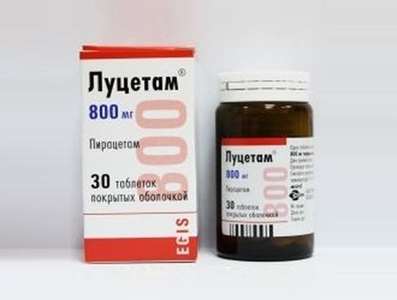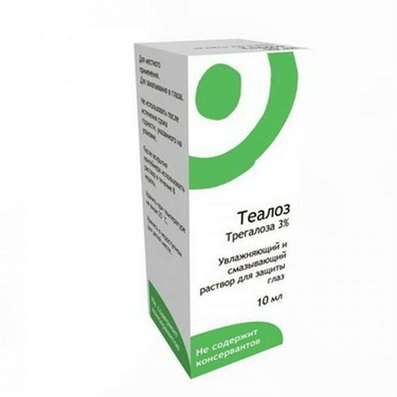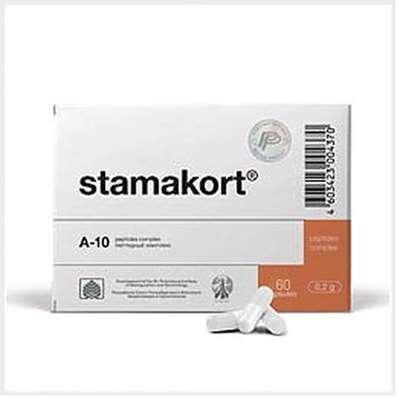Instruction for use: Aluminium phosphate (Aluminii phosphas)
I want this, give me price
Pharmacological group
Antacids
Nosological classification (ICD-10)
K20 Esophagitis
Digestive tract infections, Acute erosion of the esophagus, Esophagitis erosive, Erosive esophagitis, Infectious Disease of the GI tract
K21 Gastroesophageal reflux
Biliary reflux esophagitis, gastrocardiac syndrome, Gastroesophageal reflux disease, Gastro-oesophageal reflux disease, Non-erosive reflux disease, syndrome gastrocardiac, Remhelda syndrome, Erosive reflux esophagitis, Ulcerative reflux esophagitis
K25 Gastric ulcer
Helicobacter pylori, Pain syndrome in gastric ulcer, Pain syndrome in gastric ulcer and duodenal ulcer, Inflammation of the gastric mucosa, Inflammation of the gastrointestinal mucosa, Benign gastric ulcer, The disease of the stomach and duodenum, asotsiirovannoe with Helicobacter pylori, Aggravation gastroduodenita on the background of peptic ulcer, Exacerbation of peptic ulcer, The aggravation of gastric ulcer, The organic gastrointestinal disease, Peptic ulcer of the stomach and duodenum, Postoperative gastric ulcer, Recurrent ulcers, Symptomatic gastric ulcers, Chronic inflammatory disease of the upper gastrointestinal tract, associated with Helicobacter pylori, Helicobacter pylori eradication, Erosive and ulcerative lesions of the stomach, Erosive lesions of the stomach, The erosion of the gastric mucosa, Peptic ulcer disease, Stomach ulcer, Gastric lesion, Ulcerative lesions of the stomach, Symptomatic ulcers of the stomach and duodenum
K26 Duodenal Ulcer
Pain with duodenal ulcer, Pain syndrome in gastric ulcer and duodenal ulcer, The disease of the stomach and duodenum, asotsiirovannoe with Helicobacter pylori, Exacerbation of peptic ulcer, The worsening of duodenal ulcer, Peptic ulcer of the stomach and duodenum, Relapse of duodenal ulcers, Symptomatic ulcers of the stomach and duodenum, Helicobacter pylori eradication, Erosive and ulcerative lesions of the duodenum, Erosive-ulcerative lesions of duodenal ulcers associated with Helicobacter pylori, Erosive lesions of the duodenum, Duodenal ulcer, Ulcerative lesions of the duodenum]
K29 Gastritis and duodenitis
Aggravation gastroduodenita on the background of peptic ulcer, duodenitis
K30 Dyspepsia
Fermentation dyspepsia, Hyperacid indigestion, Putrefactive indigestion, Dyspepsia, Dyspepsia, Dyspepsia of nervous origin, Dyspepsia in pregnant women, Dyspepsia fermentation, Dyspepsia putrefactive, Dyspepsia medication, Dyspepsia due to diseases of the digestive system, Dyspepsia due to impaired motility of the gastrointestinal tract, Dyspepsia due to unusual food or overeating, Dyspeptic phenomena during pregnancy, Dyspeptic Syndrome, Gastric indigestion, Delayed emptying of the stomach, Delayed digestion, Idiopathic indigestion, Acid dyspepsia, Disturbance of the upper GI tract motility, Indigestion, Nervous indigestion, Non-ulcer dyspepsia, The feeling of heaviness in the stomach after eating, Postprandial functional dyspepsia, The processes of fermentation in the intestine, Stomach upset, Gastrointestinal disorders, Digestive disorders, Disorders from the digestive tract, Stomach upset, Indigestion disorder, Indigestion in infants, Symptoms of dyspepsia, The syndrome of putrefactive dyspepsia, Syndrome of putrefactive dyspepsia in infants, Syndrome of insufficiency of digestion, Syndrome of nonulcer dyspepsia, Toxic indigestion, Functional dyspepsia, Functional indigestion, Chronic indigestion, Chronic episodes of dyspepsia, Essential dyspepsia, Dyspeptic disorder
K44 Diaphragmatic hernia
Herniated aperture, Hernia of the esophageal opening of the diaphragm, Hiatal hernia
K59.1 Functional diarrhea
Diarrheal syndrome, Diarrhea, Diarrhea with prolonged enteral feeding through the probem, Prolonged diarrheam Nonspecific diarrhea, Acute diarrhea, Diarrhea, Syndrome of diarrhea, Functional diarrhea, Chronic diarrhea, Diarrhea with an electrolyte balance disorder, Chronic diarrhea, Diarrhea of non-infectious genesis, Diarrhea after a gastroectomy, Diarrhea in children, Persistent diarrhea, Diarrhea (diarrhea), Enterocolitis of non-infectious origin
K92.9 Disease of digestive system, unspecified
NSAID-gastropathy,Functional disorders of the digestive tract, Inflammatory Gastrointestinal Disease, Inflammatory disease of the mucous membranes of the gastrointestinal tract, Inflammatory diseases of the digestive tract, Gastropathy, Prolonged intestinal disturbance, Supplement to the etiological treatment of organic diseases of the digestive tract, Gastrointestinal Disorder, Gastrointestinal disorders due to a violation of diet, Disease of the gastrointestinal tract, Gastrointestinal diseases, Digestive disorders, Disorders of the digestive process, Dysfunction of the gastrointestinal tract, Dysfunction of the digestive tract, NSAID-gastroenteropathy, Disorder of the digestive tract, Chronic diseases of the digestive tract,Maldigestia, Damage to the mucous membrane of the gastrointestinal tract caused by the intake of NSAIDs
CAS 7784-30-7
Pharmacology
Pharmacological action - antiulcer, adsorbent, enveloping, antacid.
In the stomach for 10 minutes increases the pH to 3.5-5 and reduces the proteolytic activity of pepsin. The antacid effect is not accompanied by alkalization of gastric juice and secondary hypersecretion of hydrochloric acid. Due to adsorbing properties, removes bacteria, viruses, gases, endo- and exotoxins from the digestive tract.
Application of Aluminium phosphate
For adults: gastric ulcer and duodenal ulcer, gastritis with normal or increased secretory function, diaphragmatic hernia, reflux esophagitis, non-ulcer dyspepsia syndrome, functional diarrhea, gastric and intestinal disorders caused by intoxication, medication, irritants (acids, alkalis ), alcohol.
For children: esophagitis, gastroesophageal reflux, gastritis, peptic ulcer of the stomach and duodenum.
Contraindications
Hypersensitivity, severe renal failure.
Restrictions for use
Elderly age, impaired renal function (possibly increasing the concentration of Aluminium in blood plasma), pregnancy, breastfeeding.
pregnancy and lactation
It is possible to use during pregnancy and during breastfeeding according to indications, in therapeutic doses.
Side effects
Constipation (especially in elderly people and leading a sedentary lifestyle).
Interaction
Reduces the absorption of furosemide, tetracyclines, digoxin, isoniazid, indomethacin, ranitidine.
Overdose
Is manifested by a decrease in intestinal motility. Eliminated by the appointment of laxatives.
Routes of administration
Inside.
Precautions for Aluminium phosphate
Do not take long without a doctor's appointment. Use with caution in diseases of the kidneys, cirrhosis of the liver, severe heart failure. In elderly patients and patients with impaired renal function, when used in recommended doses, an increase in the concentration of Al3 + ions in the serum can be possible.
If constipation occurs when taking the drug, it is recommended to increase the amount of daily consumed water.

 Cart
Cart





